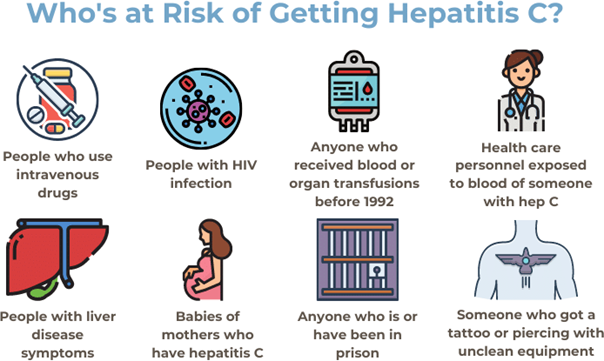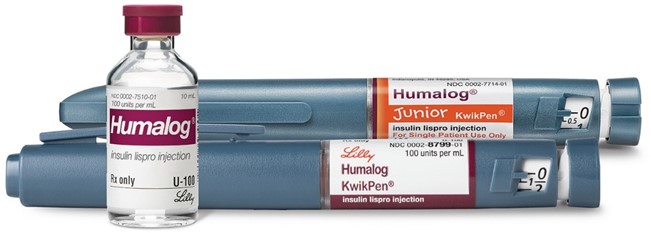Ordered: Synthroid 0.25 mg po Available: Synthroid 125 mcg tablets
How many tablets should be given?
The Correct Answer is ["2"]
0.25 mg is equivalent to 250 mcg (micrograms). Therefore, the correct answer would be to give half of a 125 mcg tablet, which would be 0.125 mg or 125 mcg.
Synthroid is a prescription medicine used to treat hypothyroidism (low thyroid hormone). Levothyroxine is given when your thyroid does not produce enough of this hormone on its own². The typical starting dosage for this use in adults is 12.5 mcg to 25 mcg, once per day¹. Therefore, if you have Synthroid 125 mcg tablets available and you need to give Synthroid 0.25 mg po, you should give **2 tablets**
Nursing Test Bank
Naxlex Comprehensive Predictor Exams
Related Questions
Correct Answer is B
Explanation
Intravenous drug use is a significant risk factor for hepatitis C transmission. The other options are not necessarily related to hepatitis C transmission. However, having a blood transfusion before 1992 or receiving an organ transplant before 1992, having a history of receiving blood products or clotting factor concentrates before 1987, and having been born to a mother with hepatitis C are also considered significant risk factors for hepatitis C transmission.

Correct Answer is D
Explanation
Yes, that's correct. Insulin lispro (Humalog) is a rapid-acting insulin, which means it begins to work quickly after injection, usually within 15 minutes, and it peaks in about 1 to 2 hours. It typically lasts for 3 to 4 hours in the body.

Whether you are a student looking to ace your exams or a practicing nurse seeking to enhance your expertise , our nursing education contents will empower you with the confidence and competence to make a difference in the lives of patients and become a respected leader in the healthcare field.
Visit Naxlex, invest in your future and unlock endless possibilities with our unparalleled nursing education contents today
Report Wrong Answer on the Current Question
Do you disagree with the answer? If yes, what is your expected answer? Explain.
Kindly be descriptive with the issue you are facing.
